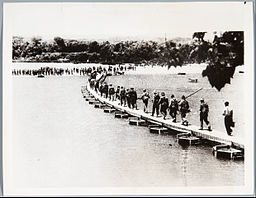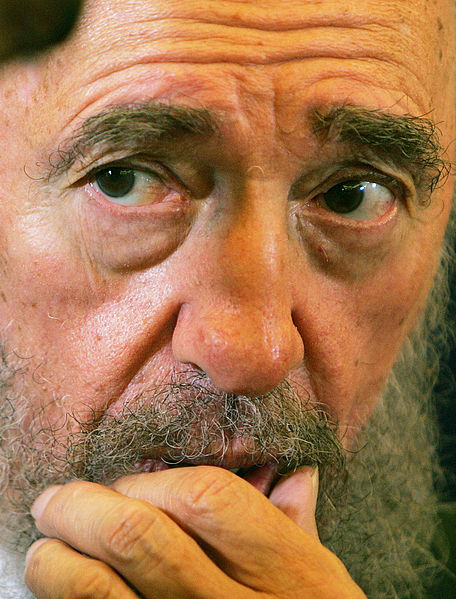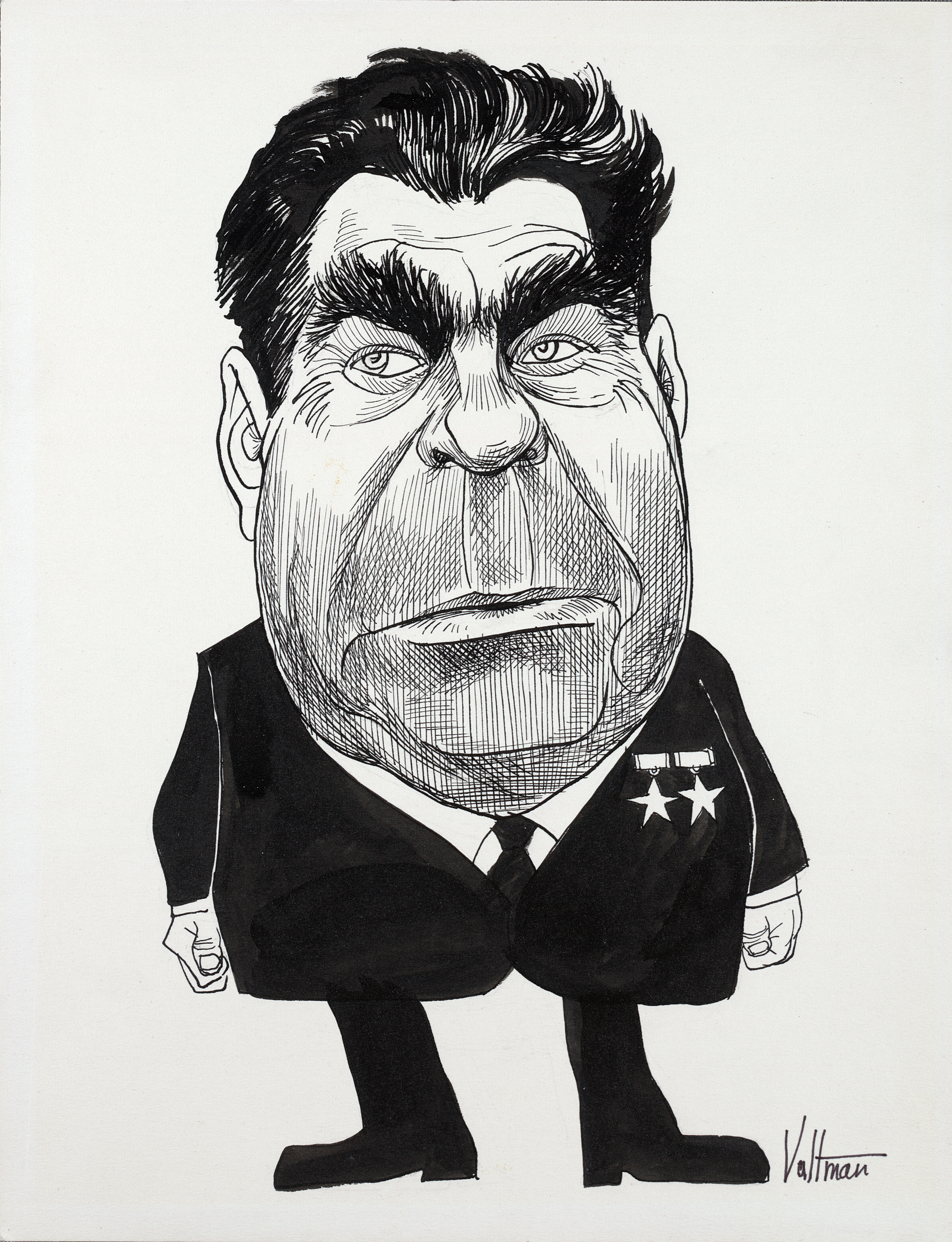Major General Robert Rollo Gillespie was a critical agent in helping to solidify the domain of the British crown in the West Indies, Java and India during the eighteenth and nineteenth centuries. Brave, reckless, and aggressive, his tactics played a leading role in the success of a number of campaigns. He lived a charmed life, surviving a number of deadly encounters that made him legendary in the West Indies and India. Author Sir William Thorn embodied Gillespie when he wrote that his soul, “panted for the field of toil, and thirsted for the career of glory.”[1]
A man well known in his own time, he is nearly forgotten today. By the twentieth century, his legacy had slipped into obscurity. Author Eric Wakeman commented that, “It is a curious comment on the difference between the days of Sir Rollo and the present, that a man whose deeds and heroism read almost like a fairy tale should be almost unknown to the general public.”[2] Field Marshal Philip Chetwode remarked that Gillespie’s life, “far exceeds that of Lawrence in glamour and achievement. Yet Lawrence monopolized the headlines and front pages of the world, while Gillespie is almost unknown.”[3]
Early life
Gillespie was born on January 21, 1766, in the small town of Comber, Northern Ireland, into a prestigious family. His descendants journeyed with William the Conqueror to England in 1066, producing a long line of fighting ancestors. Gillespie’s father had every intention of sending his son to the University of Cambridge for an education in law; however, the young Gillespie had other plans. Displaying a lack of interest for the routine of a life dedicated to the practice of law, the strong-headed youth opted to pursue a career as a soldier. His father reluctantly allowed him to become a member of 6th Dragoon Guards in 1783, as a Cornet, unable to persuade his son from a life of hardship as a soldier.
Gillespie showed an aptitude for attracting danger early in his army career. In 1787, he was asked to act as a second in a duel for a fellow officer by the name of Mackenzie, after an alcohol-fueled altercation with William Barrington. When the opponents met the next day, they fired and missed their shots, which should have satisfied their honor. Gillespie suggested a compromise, which angered Barrington, who insulted the honor of his regiment. In a fit or fury, Gillespie whipped out a handkerchief and challenged Barrington to hold the other corner and duel him at point-blank range.
The duel commenced as both Gillespie and Barrington fired simultaneously. Barrington’s shot carried away the hammer of Gillespie’s pistol, slightly wounding him. Gillespie’s shot hit Barrington directly in the heart, mortally wounding him. After the death of Barrington, he fled and hid in the countryside facing criminal charges, eventually turning himself in to face court-martial. An army tribunal ruled the murder of Barrington as ‘justifiable homicide’, and Gillespie was acquitted.[4]
In 1792, he was transferred as a lieutenant with the 20th Light Dragoons to the West Indies. Gillespie quickly developed an effigy of invincibility that impressed his superiors. In the British attack on the French garrison of Port-au-Prince in 1794, Gillespie and a companion volunteered to swim to the garrison in order to coerce the defenders to surrender. Stripping off his red tunic, Gillespie rolled up his sweat-soiled sleeves, clenched his sword between his teeth, and leapt into the ocean in an attempt to reach the garrison while under gunfire. When Gillespie and his comrade made it successfully to the shores of the fortress, they were immediately taken into custody. Placed under arrest, they were to be executed as spies. Fortunately, Gillespie noticed an insignia of Freemasonry dangling from General Santhonax’s neck. Gillespie, a fellow Freemason, managed to charm Santhonax enough to allow for his release.[5]
8 versus 1
Another incident that helped to solidify the Gillespie legend in the West Indies took place one night while he was at his quarters in St. Domingo. Gillespie was woken from his deep slumber by the desperate cries of a familiar voice. In his fancy nightgown and dragoon sword in hand, Gillespie came dashing down the stairs to a fearful scene. The cries came from his servant who was desperately wounded in the arm. Eight intruders had broken into his residence in the dark of night. The intruders had an eight to one advantage over Gillespie. When most men would have baulked at these hopeless odds, Gillespie did what he knew best.
With superhuman strength, Gillespie warded off the eight intruders. Fighting in a style similar to that of the Three Musketeers, he managed to kill six of the intruders and so caused the panicked flight of the other two. One of the fleeing intruders fired a pistol at Gillespie that severed his temporal artery. When a patrol finally arrived to the scene of disturbance, they stepped over six disfigured bodies and found the badly wounded Gillespie clinging to life in his bedroom. The desperately wounded Gillespie was granted leave to Britain, and met King George III who was rumored to have remarked, “Is this the little man that killed the brigands?” He soon returned to Jamaica to take command of the 20th Light Dragoons.[6]
Gillespie had grown tired with his post in Jamaica after eleven years of service, rising to the rank of colonel. The daily routine of garrison duty left him eager for battle. He requested a transfer to the 19th Light Dragoons, stationed in India.
Most of the officers who chose to make the long journey from Britain to their new assignments in India did so by sea. Traversing this journey by land would entail a traveler to make the journey through the harsh and hostile landscape of the Middle East. Naturally, Gillespie chose to make the journey to his new post by land.
To India
When he arrived in Constantinople, he was invited to dine with a French officer resident in the city. Gillespie humbly declined the dinner invitation on the excuse that he sought to return to his quarters for the night. The officers would have parted ways uneventfully if the Frenchman had not proclaimed in a sarcastic tone, “I shall be glad to kill an Englishman.” Gillespie turned and locked eyes with the Frenchman and coolly replied, “As it is your wish to kill an Englishman, I am come to give you that satisfaction, by trying your skill upon me.” As both men were of a chivalrous upbringing, the combatants chose to duel with swords. This was a poor decision on the Frenchman’s part. Gillespie quickly wounded and disarmed the Frenchman, and as an act of generosity, spared him his life.[7]
After making his way across the hazardous desert of Syria and through Persia, he finally arrived at his post in India. He joined the 19th Dragoons at Arcot and took command as colonel, and it did not take long before Gillespie found action in the frontier of India.
A clash was brewing in India due to the poor judgment made by the British officers and officials in regard to their Indian, or sepoy, soldiers. The sepoys had been faithful and brave soldiers of the British crown, but relations had begun to deteriorate between the two. Indeed, relations went from poor to critical when the sepoys were ordered to dramatically alter their appearance and violate their religious customs by shaving their beards, removing religious marks on their foreheads, and replacing their turbans with British headwear. Sepoys who refused to give into these demands were court-martialed with threats of the loss of rank, dismissal, or even being flogged.
Mutiny
On July 10, 1806, in fear of becoming Christian converts, the sepoys of the 1st and 23rd Regiments of Native Infantry mutinied at Vellore, an old fortification. The mutineers slaughtered their own British officers and managed to kill and wound approximately 200 Europeans in total. Four companies of British infantrymen of the 69th Regiment, and a handful of women and children who escaped the surprise attack were pinned down in a few buildings located within the fortress walls. The closest relief force was the 19th Light Dragoons stationed in nearby Arcot. The night before the mutiny Gillespie was scheduled to dine with the commander of the Vellore garrison, Colonel Fancourt, an old friend from Jamaica. He planned to stay the night at Colonel Fancourt’s quarters, but fortunately for Gillespie, he unexpectedly canceled.
The next day, Gillespie received a message from a frantic officer of the munity as he was riding out to Vellore for breakfast.[8] Without delay, he turned around and headed back to Arcot. This excerpt of the poem Gillespie, by Sir Henry Newbolt, immortalizes the events:
He thundered back to Arcot gate,
He thundered up through Arcot town,
Before he thought a second thought
In the barrack yard he lighted down.
Trumpeter, sound for the Light Dragoons,
Sound to saddle and spur,' he said;
'He that is ready may ride with me,
And he that can may ride ahead.
Fierce and fain, fierce and fain,
Behind him went the troopers grim,
They rode as ride the Light Dragoons
But never a man could ride with him.
Their rowels ripped their horses' sides,
Their hearts were red with a deeper goad,
But ever alone before them all
Gillespie rode, Gillespie rode.
Alone he came to false Vellore,
The walls were lined, the gates were barred;
Alone he walked where the bullets bit,
And called above to the Sergeant's Guard.
'Sergeant, Sergeant, over the gate,
Where are your officers all?' he said;
Heavily came the Sergeant's voice,
'There are two living and forty dead.'
'A rope, a rope,' Gillespie cried:
They bound their belts to serve his need.
There was not a rebel behind the wall
But laid his barrel and drew his bead.
There was not a rebel among them all
But pulled his trigger and cursed his aim,
For lightly swung and rightly swung
Over the gate Gillespie came.
He dressed the line, he led the charge,
They swept the wall like a stream in spate,
And roaring over the roar they heard
The galloper guns that burst the gate.
Fierce and fain, fierce and fain,
The troopers rode the reeking flight:
The very stones remember still
The end of them that stab by night.
They've kept the tale a hundred years,
They'll keep the tale a hundred more:
Riding at dawn, riding alone,
Gillespie came to false Vellore.
The one hundred beaten mutineers were found hiding in the Vellore palace and placed, by Gillespie’s orders, against a wall and fired on by canister shot until every one of them was killed.[9] The brutality of this incident would foreshadow the violence of the 1857 Indian Rebellion.
Now, the story of Gillespie concludes here.
Did you find this article interesting? If so, tell the world! Tweet about it, share it, or like it by clicking on one of the buttons below!
Further Reading
Kanchanmoy, Mojumdar. Anglo-Nepalese Relations in the Nineteenth Century. Calcutta: Firma K.L. Mukhopadhyay, 1973.
Pemble, John. Britain's Gurkha War: The Invasion of Nepal, 1814-16. London: Frontline Books, 2009.
Pemble, John. “Forgetting and Remembering Britain's Gurkha War.” Asian Affairs 40, no. 3 (2009): 361–376.
Thorn, William. A Memoir of Major-General R. R. Gillespie. London: T. Edgerton, 1816.
Thornton, Leslie Heber. Campaigners Grave & Gay: Studies of Four Soldiers of the Eighteenth and Nineteenth Centuries. Cambridge: Cambridge University Press, 1925.
Wakeman, Eric. The Bravest Soldier, Sir Rollo Gillespie, 1766-1814, A Historical Military Sketch. London: William Blackwood and & Sons Ltd., 1937.
1. William Thorn, A Memoir of Major-General R. R. Gillespie (London: T. Edgerton, 1816), 8.
2. Eric Wakeman, The Bravest Soldier, Sir Rollo Gillespie, 1766-1814, A Historical Military Sketch (London: William Blackwood and & Sons Ltd., 1937), xv.
3. Wakeman, The Bravest Soldier, xvi.
4. Wakeman, The Bravest Soldier, 16-20. Leslie Heber Thornton, Campaigners Grave & Gay: Studies of Four Soldiers of the Eighteenth and Nineteenth Centuries (Cambridge: Cambridge University Press, 1925), 98.
5. Wakeman, The Bravest Soldier, 39-40. Charles Whitlock Moore, “Masonic Anecdote. The Late Major General Sir Robert Rollo Gillespie, K.C.B.” The Freemasons' Monthly Magazine IV (1845): 276.
6. Wakeman, The Bravest Soldier, 58-59. Thorn, A Memoir of Major-General R. R. Gillespie, 39-40.
7. Wakeman, The Bravest Soldier, 86-87.
8. Thornton, Campaigners Grave & Gay, 97.
9. Wakeman, The Bravest Soldier, 111.



















